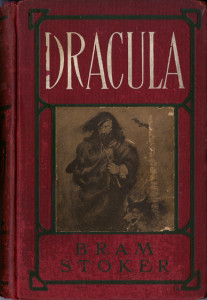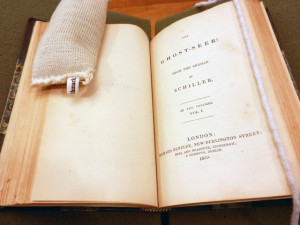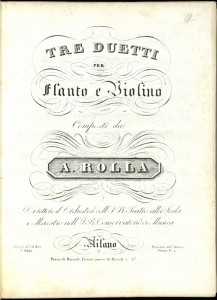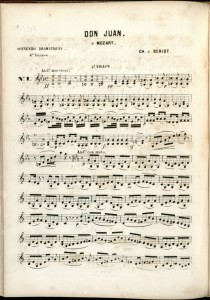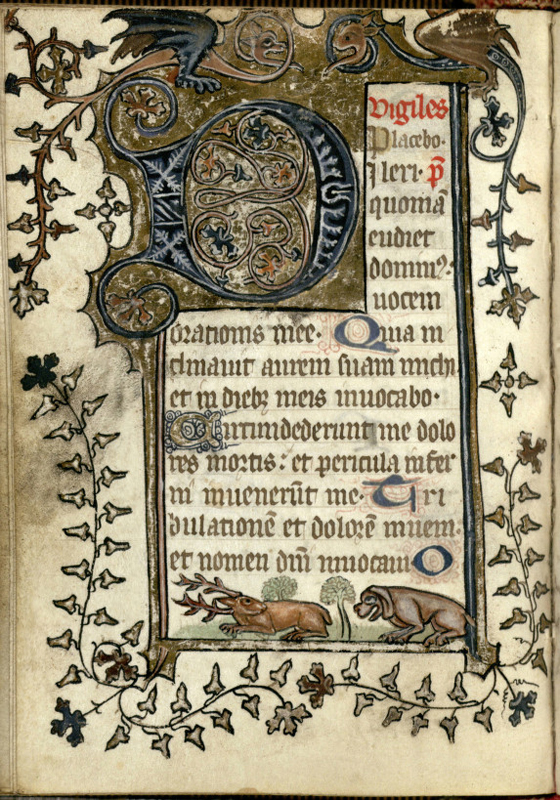
“Listen to them, the children of the night. What music they make!”
–Bram Stoker, Dracula
Boo!
Yes. It’s that time of year, again. In a couple of days ghosts and goblins and things that go bump in the night will be traipsing through our neighborhoods, prowling our streets in search of the sweet sustaining nectar of chocolate, caramel, and assorted goodies.
Looking for ways to wind yourself into the witching hour? The University of Houston Special Collections has just the thing (or two) to do the, ahem, trick.
We recently acquired a 1902 printing of the definitive vampire novel, Bram Stoker’s Dracula. While it is still in the process of being cataloged, interested students of the Victorian period can encourage their professors to bring their classes to the Evans Room to study it or students may view this iconic novel themselves in the Special Collections Reading Room. This printing features stunning cover art sure to curdle the blood. Initially published in 1897, Dracula, with its narrative of an insidious interloper threatening and tainting English society (and its women), fit the mold of the popular “invasion literature” genre taking hold in England at the turn of the century and prior to the Great War.
And while Dracula may be the definitive vampire novel, the character itself may owe a nod elsewhere.
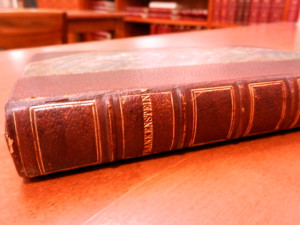
Frankenstein or The Modern Prometheus by Mary Shelley, available for study in the Special Collections Reading Room
In the 1816 summer following the eruption of Mount Tambora, Lord Byron invited a number of writer-artist types to his Lake Geneva estate for a season of diversion. Plagued by the dreary weather found in the wake of a literal atmospheric change and volcanic winter, the friends tended to stay indoors, talking and swapping stories–the stuff of writing. Legend has it that from this peculiar summer spent in the gloom of a world without a sun, blotted out by ash, Mary Shelley, as she phrases it, “then a young girl, came to think of, and to dilate upon, so very hideous an idea,” a Modern Prometheus. We think of it today as simply Frankenstein.
However, ironically overshadowed from this summer and its lore is her husband’s work during this same period that helped give rise to another monstrosity–an elegant and aristocratic vampire that, alas, he just could not seem to make work in fiction. But, as the idea bounced around that summer, John Polidori (also present amongst these fast friends) completed it as the novella The Vampyre (Spoiler alert, the vampire is a member of elite society and a bit of a lothario. Sound familiar?). Nearly 100 years later, this character, coupled with the English xenophobia of the century’s turn gave rise to an archetype that now defines a genre, thrilling and chilling us ever since.
Halloween owes quite a bit to that one peculiar year without a summer.
Dracula and Frankenstein are both favorites this time of year and whether you prefer supernatural monsters or the darkness of the human soul, UH Special Collections has you covered. As luck would have it, in addition to the recent Dracula acquisition, we also have available for study an 1839 printing of Shelley’s labor from that bewitching summer. This edition of Frankenstein or The Modern Prometheus is printed and bound alongside Friedrich Schiller’s The Ghost-Seer, so you get two tales for the price of one with your visit!
Whether this week or any week of the year, visit us in Special Collections for timeless thrills and chills.
The newest digital collection of Special Collections materials features a binder’s collection of sheet music dating to the late 18th and early 19th centuries. Sheet Music of Flute and Violin Duets, 1790s-1850s features a binder’s collection containing 27 duets for flute and violin.
Binder’s collections of sheet music were common in the 19th and early 20th centuries, providing the means to social entertainment in homes and other informal settings beyond concert venues. While often unorganized, some collections are ordered according to genre, instrumentation, composer or chronology.
The works of a number of composers are included in the collection, including composer and flautist François Devienne. Other composers include Friedrich Ludwig Dulon, Franz Alexander Pössinger, and Eugène Walckiers.
The sheet music also includes operatic transcriptions arranged by violinist Charles de Bériot, including a selection from Don Juan by Wolfgang Amadeus Mozart.
While the printed music is bound in two separate volumes, one for each instrument, the pieces have been combined in the digital collection so that both parts can be seen together.
Music lovers and anyone interested in this unique collection should spend some time with the digital collection, or visit Special Collections to see the original volumes.
Wandering Book Artists Donna and Peter Thomas visited the University of Houston Libraries today for a lecture, meet and greet, and tours of their Gypsy Wagon Bookmobile.
The artists, who have been making artists’ books together for more than 30 years, entertained and educated those in attendance with stories, songs and demonstrations of their many handmade books, including miniature books, books made of wood, and books made with unusual items, including a can, a ukulele, and an accordion. They also answered questions about their creative process and the craft of bookmaking.
Attendees were also able to get a look at the Gypsy Wagon Bookmobile that the Thomases use as they travel across the country. The bookmobile, built on a 16-foot flat bed trailer, provides a place to sleep, dine, and conduct business. Influenced by vintage pictures, it is painted in bright bold colors and uses reclaimed wood, wrought iron, and stained glass.
For more information about the Thomas’s books and wagon, visit their blog and website.
To experience a Peter and Donna Thomas book yourself, come to the Special Collections reading room and ask to view Cannery row: A book in a tin or one of these titles.
The exhibit Sacra et Profana: Music in Medieval Manuscripts is now open to the public on the first floor of the MD Anderson Library at the University of Houston.
This exhibit encompasses the sacred and secular music of Christian, Jewish, and Islamic peoples as well as the while considering manuscripts’ physical nature, their production by hand and development to print. In addition to materials from UH Special Collections, the exhibit includes items from other major Houston collections, including the Woodson Research Center at Rice University and the Houston Metropolitan Research Center.
For more information about the exhibit, visit the exhibit web page, which also includes audio and video related to the exhibit. The short slideshow below offers a sneak peek at the exhibit, including a copy of a book of hours which can also be viewed in the UH Digital Library. The exhibit is open to the public through Feb. 1 and can be visited during the library’s regular hours.
[imagebrowser id=6 template=caption]
Previous coverage:
New Exhibit Coming Soon
An exciting new Special Collections digital collection is now available in the UH Digital Library. This collection features a fifteenth century manuscript, the Book of Hours, Use of Reims.
Created in Northern France, this book of hours contains beautifully illustrated and handwritten pages. The text, written on parchment, is in both Latin and Old French, and the scribe is identifed as Paulinus de Sorcy.
While many medieval manuscripts feature images that are closely related to their text, this one is primarily illustrated with marginalia. These whimsical images enliven the borders of various pages and contain both humans and animals. In one illustration, a man plays a harp. In another, a monkey or ape inspects a vial of urine in a satire of medieval medicine.
The digital collection is organized into three objects — one contains the complete manuscript of almost 200 leaves, one highlights the illuminated pages, and the third shows the binding and edges. This beautiful manuscript is an exciting addition to our digital collections, so be sure to check it out soon!
